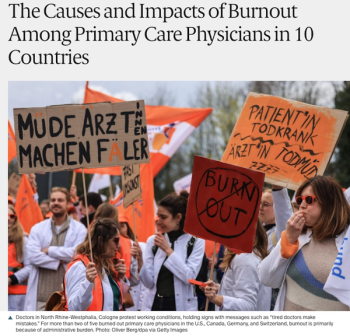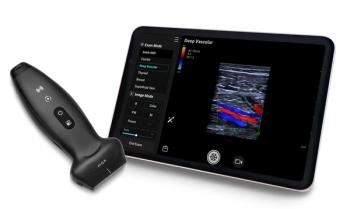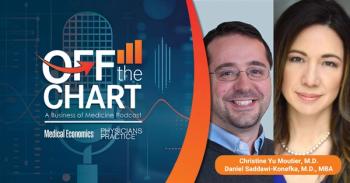
Do no harm – The imperative for purposeful AI regulation in health care
How do we regulate AI purposefully to ensure that it enhances rather than hinders the practice of medicine?
There is something different about the current moment in artificial intelligence. New capabilities are emerging rapidly due to advances in computing, algorithmic development, and access to vast amounts of data. The change feels real.
There is a clear appetite, from within and without, to incorporate AI into medical practice. A recent
Optimism for AI in health care is warranted. Machine learning systems can
As we look forward with anticipation to an AI-powered health care future, how do we regulate AI purposefully to ensure that it enhances rather than hinders the practice of medicine? How do we foster innovation while mitigating risk and
These are not trivial questions. Patient welfare and
The biggest challenge in regulating AI is that AI itself is evolving at a breakneck pace. How do we create regulatory frameworks that are agile enough to keep pace with technological change, yet rigorous enough to ensure patient safety and ethical standards?
Early missteps offer a cautionary tale. Medicare Advantage plans used algorithmic tools to
The first step in regulation requires establishing dedicated regulatory processes to ensure patient safety while providing guidance to innovators. Recognizing that emergent AI technologies did not fit well within existing regulatory frameworks, the FDA introduced the
As a next step, regulators should consider adopting a risk-based regulatory framework. This approach would differentiate between lower-risk tools, such as the automation of administrative tasks, and higher-risk ones, such as treatment decisions in time-sensitive clinical scenarios. Such a framework allows regulators to focus limited resources on applications that require the most scrutiny. A discussion should also be initiated on payment models for AI tools in health care. Should payers reimburse AI methods that improve workflows? What about algorithms that
A final consideration is the oversight of AI systems in health care.
We believe that patients, clinicians, and administrators, particularly those on the frontline, should take a leading role in shaping the guidelines for health AI. In particular, nurses and physicians, with their frontline experience, can provide invaluable insight into how AI tools would perform in real-world clinical settings. They can help ensure that regulations are based on practical medical knowledge, not just theory. Furthermore, clinicians have a moral responsibility to advocate for oversight that prioritizes the well-being of patients above all else. Health care AI should be guided by its impact on patient outcomes and quality of care, rather than profits or technological novelty for its own sake.
The path ahead may be challenging and will require collaboration among health care stakeholders, regulators, and technologists. However, with purposeful regulation, we can realize the immense potential of AI in medicine. We have the opportunity to shape technological progress in a way that is consistent with health care's highest calling - to provide the best possible care for all patients. With wisdom and vigilance, AI can advance our shared mission without compromising it. The well-being of millions of people hangs in the balance.
Newsletter
Stay informed and empowered with Medical Economics enewsletter, delivering expert insights, financial strategies, practice management tips and technology trends — tailored for today’s physicians.


















